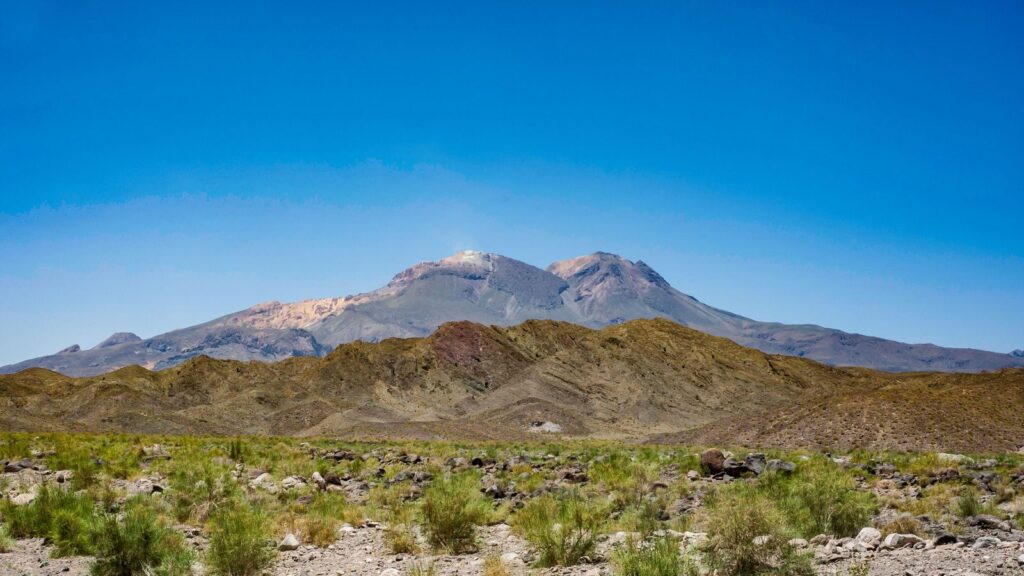A volcano in southern Iran that was thought to have disappeared about 710,000 years ago is trembling.
A new study published Oct. 7 in the journal Geophysical Research Letters found that the ground near the summit of Taftan Volcano rose 3.5 inches (9 centimeters) over a 10-month period from July 2023 to May 2024. The ridge has not yet receded, suggesting gas pressure is building up beneath the volcano’s surface.
Pablo González, a volcanologist at the Institute of Natural Products and Agrobiology, a research center of Spain’s National Research Council (IPNA-CSIC) and lead author of the study, said the findings highlight the need to more closely monitor volcanoes that were previously not considered a risk to people. Volcanoes are thought to be extinct if they had not erupted during the Holocone, which began 11,700 years ago. Gonzalez said given recent activity, it might be more accurate to describe Taftan as dormant.
you may like
“We need to release it in some way in the future, either more violently or more quietly,” Gonzalez told Live Science. He said there was no reason to fear an imminent eruption, but the volcano needed to be monitored more closely.
Taftan Volcano is a 3,940 m (12,927 ft) stratovolcano in southeastern Iran, located in a mountain-volcanic fold formed by the subduction of the Arabian Sea crust beneath the Eurasian continent. Today, the volcano has an active hydrothermal system and vents called fumaroles that emit foul-smelling sulfur, but it is not known to have erupted in human history.
When Mohammadhossein Mohamadonia, a PhD student working with Gonzalez at IPNA-CSIC, first examined satellite images of the volcano in 2020, he couldn’t find any evidence that the volcano was doing anything. But in 2023, people started reporting gas emissions from the volcano on social media. The smell of exhaust fumes could have been felt from as far away as the city of Kas, about 50 kilometers away.
Mohammadonia revisited satellite images from the European Space Agency’s Sentinel 1 mission, which provides images of the Earth’s surface around the clock. Taftan is remote and does not have a GPS monitoring system like there is for volcanoes like Mount St. Helens. Satellite images revealed a slight rise in the ground near the summit, indicating increasing pressure below.
Mohammadonia calculated that the drivers of this uplift are located 1,608 to 2,067 feet (490 to 630 meters) below the surface. Although it’s impossible to know exactly what’s going on, researchers have ruled out external factors such as nearby earthquakes or rainfall, Mohammadonia told Live Science. The volcano’s magma chamber lies more than 2 miles (3.5 km) below, much deeper than what is causing the uplift.
Rather, uplift may be caused by changes in the hydrothermal plumbing beneath the volcano that lead to gas accumulation, or a small amount of magma may move beneath the volcano, causing the gas to bubble up into the overlying rock, increasing pressure in the pores and cracks of the rock, and causing the ground to rise slightly.
Gonzalez said the next step in the research will be working with scientists who are monitoring gas at the volcano.
“This study was not intended to cause panic in people,” he says. “This is a wake-up call for Iranian regional authorities to dedicate resources to investigate this.”
Source link

